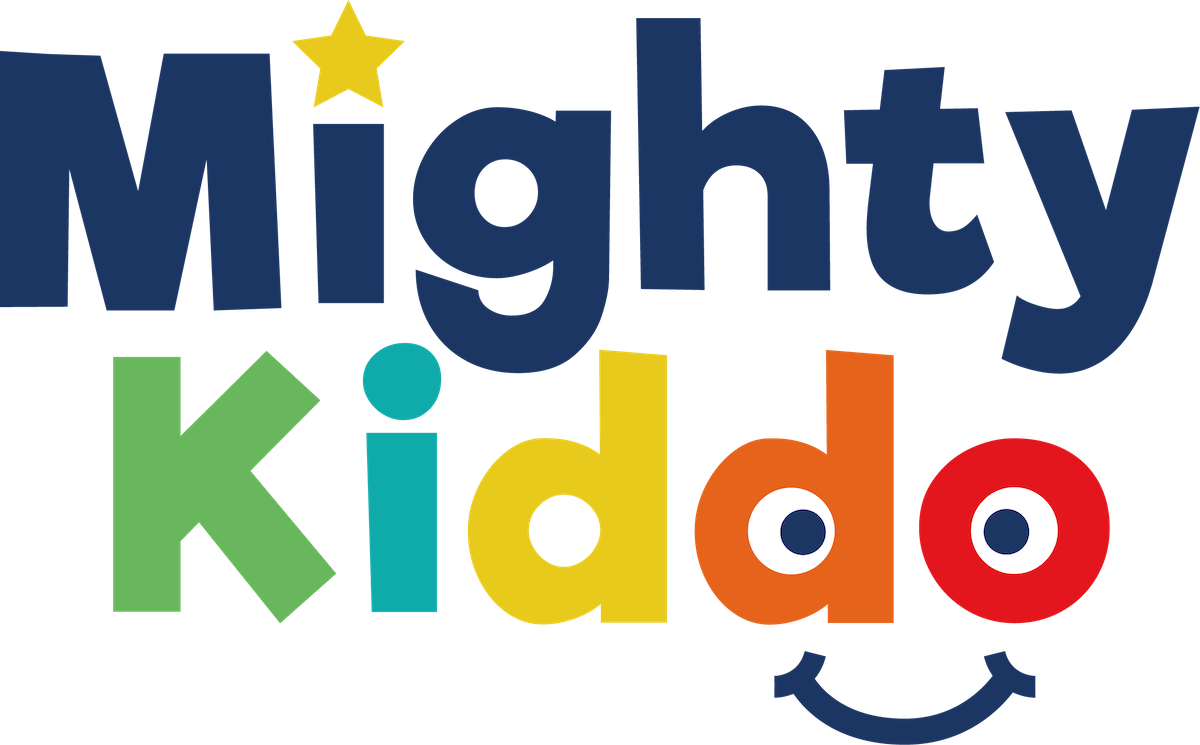Teaching chess to a pre-schooler may seem ambitious, but it’s actually a wonderful way to develop skills in critical thinking and problem solving, while also nurturing patience, concentration, and creativity.
Plus, it’s a fun bonding activity for both child and parent! If you’re thinking about introducing your little one to the world of pawns, knights, and kings, you’ve come to the right place.
Why Teach Chess to a Pre-Schooler?
Teaching chess to a young child helps them learn to think ahead, to evaluate different possibilities, and to understand the consequences of their decisions. For a pre-schooler, this can mean enhanced cognitive development at an age when their brain is most receptive to new information.
Moreover, chess is an excellent tool for teaching focus and patience. For many young children, sitting still can be a challenge. However, because chess is an engaging and interactive game, it can help improve attention span and impulse control in a natural and enjoyable way.
How to Introduce Chess to a Young Child
Start with the Basics
Begin with the basic concepts, like the names of the pieces and how they move. Use fun, relatable stories to describe each piece — for example, the knight as a horse that jumps in an "L" shape, or the queen as the most powerful character on the board who can move in any direction. Incorporating storytelling can help keep your pre-schooler engaged and make learning feel more like play.
Use Visual Aids and Simple Games
A visual and tactile learner will benefit from a large, colorful chess set designed for kids. Consider using a chessboard with illustrations, or even a digital app made specifically for teaching chess to toddlers. Start with simplified versions of the game, such as "Pawn Wars," where each player only uses pawns to understand basic moves.
You can also try Fun Family Chess, our own product! It includes color-coded reference cards and a fun approach for beginners learning to play chess.
Make It a Game, Not a Lesson
The key to teaching a pre-schooler is to keep it light and fun. Don't pressure them to learn all the rules at once. Encourage creative play, like setting up pieces in fun formations or allowing them to make up their own chess-related games. The goal is to spark their interest rather than overwhelm them with rules and strategies.
Long-Term Benefits of Learning Chess at a Young Age
Teaching chess to a pre-schooler isn't just about keeping them occupied or giving them a head start academically. Chess helps develop essential life skills. Children who play chess learn to be patient, develop resilience through dealing with losses, and gain the confidence that comes from solving complex problems on their own. These skills are beneficial not only in academic settings but throughout their entire lives.
Cognitive Benefits: Chess is an excellent brain workout. It promotes neural plasticity and improves memory, concentration, and problem-solving abilities. For a pre-schooler, these skills are foundational, helping them in other areas such as language acquisition and early math concepts.
Emotional Growth: Chess can teach kids about empathy and understanding different perspectives by thinking about their opponent's possible moves. It also provides opportunities to deal with winning and losing gracefully, building emotional resilience.
Tips for Parents: Making Chess a Part of Daily Routine
Schedule Regular Playtime
Consistency is key. Try to set aside a specific time each week for a quick game of chess. Keep these sessions short (10-15 minutes) to match your child’s attention span. As they get more comfortable with the game, gradually increase the length of the sessions.
Celebrate Small Wins
Recognize and celebrate your child’s achievements, no matter how small. This could be as simple as remembering how a piece moves or making their first capture. Positive reinforcement will encourage them to keep learning and trying new strategies.
Join a Community or Club
Look for local chess clubs or online communities focused on young children. Being part of a group where they can play with other kids their age can motivate your child and make learning chess even more fun. Some communities even offer specific programs aimed at teaching chess to pre-schoolers.
Recommended Resources for Teaching Chess to Young Children
- Books: “Chess is Child’s Play: Teaching Techniques That Work” by Laura Sherman is an excellent resource specifically for teaching chess to young kids.
- Apps and Games: Apps like ChessKid and games like Fun Family Chess are designed with bright colors, fun animations, and gradual learning processes perfect for pre-schoolers.
- Toys and Sets: Consider investing in a kid-friendly chess set with larger, easily distinguishable pieces and a colorful board that can attract a child’s interest.
Conclusion
Teaching chess to a pre-schooler might sound challenging, but with the right approach and resources, it can be a fun, enriching experience that benefits your child’s development in countless ways. By integrating chess into your daily routine in a playful and relaxed manner, you’re not only helping them develop valuable cognitive and emotional skills, but you’re also creating memories that will last a lifetime. So, set up the board, grab a cup of tea, and get ready for some fun!
Frequently Asked Questions (FAQs)
What age should a child start learning chess?
While children as young as 3 can start learning the basic concepts, the ideal age varies. Most experts suggest starting around the age of 4 or 5 when the child can grasp simple rules and enjoy structured play.
Are there any disadvantages to teaching chess to very young children?
If approached with too much pressure or strictness, it might create frustration or resistance. It’s essential to keep it enjoyable and light-hearted.
How often should I play chess with my pre-schooler?
Consistency is important, but so is balance. Playing once or twice a week for 10-15 minutes is usually sufficient to maintain interest without overwhelming them.


